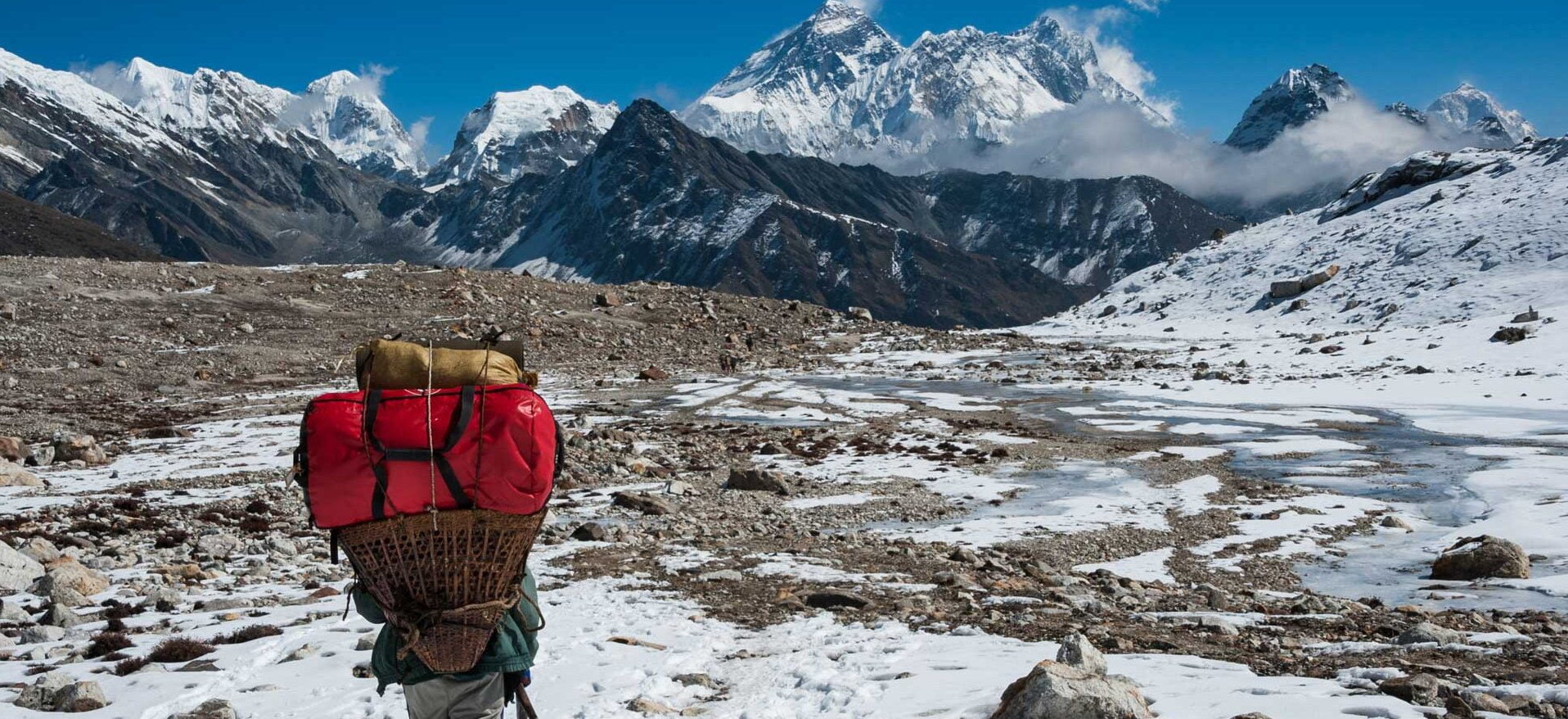Everest Expediation

Start atKathmandu

DifficultyExtreme

Ends atKathmandu

ActivityClimbing

TransporationAirways,Roadways

AccomodationTea House, Camping

Duration2 months

Mealsall

Max Altititude8848.86m

Best SeasonsMarch April May
Embarking on an Everest expedition is a monumental undertaking that requires extensive preparation, a high level of physical and mental fitness, and a significant financial investment. Climbing the world's highest peak, Mount Everest (8,848.86 meters), is the ultimate goal for many mountaineers, offering unparalleled challenges and rewards. Here's a comprehensive guide to planning and executing an Everest expedition:
Highlights
- Summit of Mount Everest: Standing on the highest point on Earth.
- Scenic Beauty: Stunning views of the Himalayas, including peaks like Lhotse, Nuptse, and Ama Dablam.
- Cultural Experience: Immersion in Sherpa culture and visits to monasteries and traditional villages.
- High-Altitude Challenge: Pushing the limits of human endurance and overcoming extreme conditions.
Preparation and Training
Physical Fitness:
- Cardiovascular Training: Running, cycling, swimming, and other aerobic exercises to build stamina.
- Strength Training: Focus on core, legs, and upper body strength.
- Endurance Training: Long hikes with a loaded backpack to simulate the conditions of the climb.
- Altitude Training: If possible, train at high altitudes to acclimate your body.
Technical Skills:
- Mountaineering Courses: Enroll in courses to learn ice climbing, crevasse rescue, and use of crampons, ice axes, and ropes.
- Previous Experience: Gain experience on other high-altitude climbs (e.g., Denali, Aconcagua, Cho Oyu) to prepare for Everest.
Mental Preparation:
- Stress Management: Techniques like meditation, yoga, and mental conditioning to handle the psychological stress of the expedition.
- Decision-Making: Practice making critical decisions under pressure.
Logistics and Planning
Choosing a Route:
- South Col Route (Nepal): The most popular route, starting from the south side in Nepal. It involves trekking to Everest Base Camp, followed by climbs through the Khumbu Icefall, Western Cwm, Lhotse Face, South Col, and the Southeast Ridge.
- North Col Route (Tibet): Starting from the north side in Tibet, this route is less crowded but more exposed to harsh winds. It involves climbing through the North Col, North Ridge, and the Northeast Ridge.
Permits and Regulations:
- Nepal Side: Obtain a climbing permit from the Nepal Ministry of Tourism. This includes fees for the permit, liaison officer, garbage disposal, and other logistics.
- Tibet Side: Secure a permit from the Chinese Tibet Mountaineering Association (CTMA).
Expedition Support:
- Guided Expeditions: Most climbers join guided expeditions organized by experienced companies that provide logistics, Sherpa support, and essential services.
- Self-Supported Expeditions: For experienced climbers, self-supported expeditions offer more autonomy but require more planning and logistics.
Essential Gear
- Clothing: High-quality, layered clothing for extreme cold, including base layers, insulated jackets, down suits, gloves, and headgear.
- Footwear: High-altitude mountaineering boots, crampons, gaiters, and warm socks.
- Climbing Gear: Ice axes, harnesses, carabiners, ascenders, ropes, and helmets.
- Sleeping Gear: High-quality sleeping bags rated for extreme cold, sleeping pads, and tents.
- Oxygen Systems: Bottled oxygen, regulators, masks, and spare parts.
- Miscellaneous: Sunglasses, headlamps, first aid kits, hydration systems, and high-calorie food.
Itinerary
Day 1
BREF ITINERARY
Day 2
Trekking to Base Camp:South Col Route: Fly to Lukla, trek through Namche Bazaar, Tengboche, Dingboche, Lobuche, and reach Everest Base Camp.North Col Route: Drive to the base camp from Lhasa, acclimatize, and set up at the North Base Camp.
Day 3
Base Camp Acclimatization:Spend several days acclimatizing, with gradual ascents to higher camps and returns to base camp.
Day 4
Climbing to Higher Camps:Camp 1: Khumbu Icefall (South Col) or Advanced Base Camp (North Col).Camp 2: Western Cwm (South Col) or North Col Camp.Camp 3: Lhotse Face (South Col) or Camp on the North Ridge.Camp 4: South Col (South Col) or High Camp on the North Ridge.
Day 5
Summit Push:Summit Day: Climb from the high camp to the summit, typically starting around midnight to reach the summit in the morning. Key landmarks include the Balcony, South Summit, Hillary Step (South Col), or the Second Step (North Col).
Day 6
Descent:Safely descend back to base camp, managing fatigue and weather conditions.
Price Per Person
$45000
$45999
Package Info

-1719346691.jpg)
-1719346691.jpg)
-1719346690.jpg)
